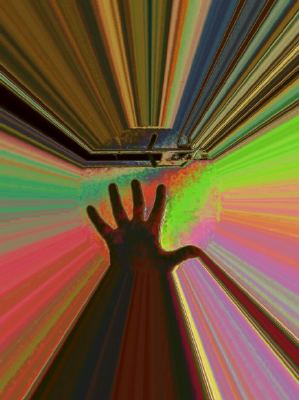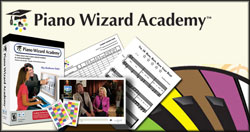Close your eyes. While your eyes are shut, raise your right arm way above your head. Then, with your left hand’s index finger, try to touch the tip of your right pinky. Not so easy now, is it? See, this exercise tests your body’s proprioception—it’s the sense where your brain takes note of where your body parts are in space. Like athletes, talented pianists have a good sense of proprioception. They can play songs effectively even without looking where their hands and fingers are over the piano’s layout. So, if you want to learn how to play piano without looking at your hands, read on and find out how.
Know the Layout
Though it sounds easy, the fact of the matter is it’s hard to keep track of where your fingers are (and where they should be) when you’re playing the piano. This is why most beginners focus on their fingers more than they should focus on the song itself. To keep that from happening, it’s best that you familiarize yourself with your piano’s geographical layout. If you’re just a beginner, don’t think of it as embarrassing if you keep on looking at your piano’s keys. Though it’s a bad habit in the long-run, getting to know how the keys are distanced, placed, and colored are your first steps to playing “blindfolded.”
Read Sheet Music
Once you’re familiar with the piano’s layout, it’s time that you start taking your eyes off of the keys. The best way to do this is by playing through sheet music. Assuming that you’ve already started to learn how to play piano through musical notation, try with your best effort to focus on the music sheet while you’re playing. It’s okay if you glance at the keys from time to time; after all, you’re still in the process of “letting your fingers go.” Don’t worry if you struck a wrong key or two; so long as you keep your chin up you’ll soon get these keys right. However, avoid making the habit of looking at the sheet music for a few seconds and then looking at the keys for sustained periods of time. Not only will you lose focus, you might also commit breaks in rhythm. If you can, have someone cover your hands for you while you play. This way you’ll have no choice but to rely on your sense of proprioception than on your sense of vision.
Practice and More Practice
Now that you can keep your eyes off of the keys for a longer period, it’s apt that you start not looking at the keys at all. To do that, you’ll have to practice, and practice some more. See, through tons of practice you’re teaching your body to play the piano through muscle memory. Not only will your fingers “know” where they are, they’ll also know where to land. With constant and frequent practice, you’ll excel on how to play piano without looking at the keys. In fact, you may even be playing the piano blindfolded--literally. Credits: Article written by Cindy Wright - How to Play Piano - Article Source: ArticleRich.com Photo: Abstract Representation Of Hands by Irina Pechkareva
---------------------
Can Piano Wizard help with proprioceptive piano?
Improvisation comes from deep familiarity with the piano as a whole. Classical pieces can be learned much quicker as you have an existing range and framework to work from, and your deep practice on one piece can lead to very natural non-sight location of even the whole piece.
If you are interested in learning how not to look at the piano when you are reading music, then Piano Wizard may be a fit for you. This happens very naturally, and we only have some theories as to why (one of those surprising unintended benefits we found after we worked with it).
Because the game includes on levels 1-4 a virtual keyboard on the screen, that target virtual keyboard subliminally "becomes" the keyboard you feel like you are playing, even though it is a different size and place than the one you actually play. So people rarely look at the "real" piano they are playing, only when they stumble or get lost and need to find their place again on the virtual keyboard. As we transition the student from the horizontal color coded keyboard with game objects, then to the vertical color coded keyboard, then to the color coded notes with the vertical keyboard, then to the vertical black and white keyboard, the game objects and notes capture the eyes first, then the target keys, then the notes again as we transition the student OFF the game to the actual sheet music (no virtual keyboard) but by now the familiarity with the piece and the non-habit of looking at the piano make it a very natural process to read the sheet music without looking down at the keys.
We then repeat that process about 100 times and you are playing Beethoven's Fifth symphony for two hands, as this very challenged boy learned to do (IQ of 43 at 7, now going to school and reading and talking) Read Jed's Story here.



